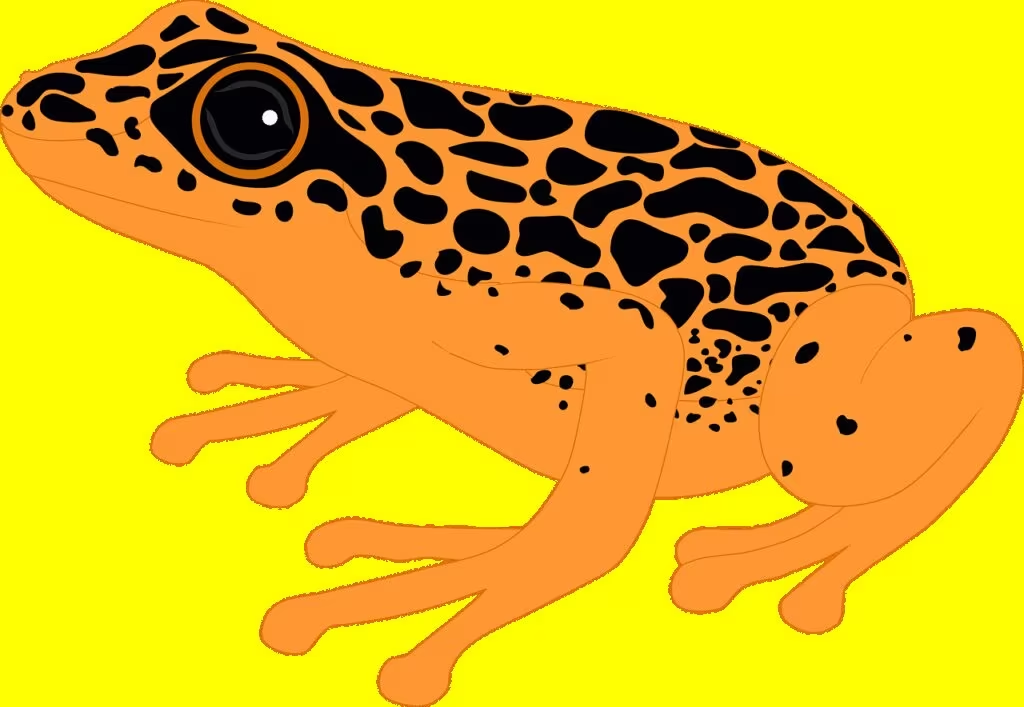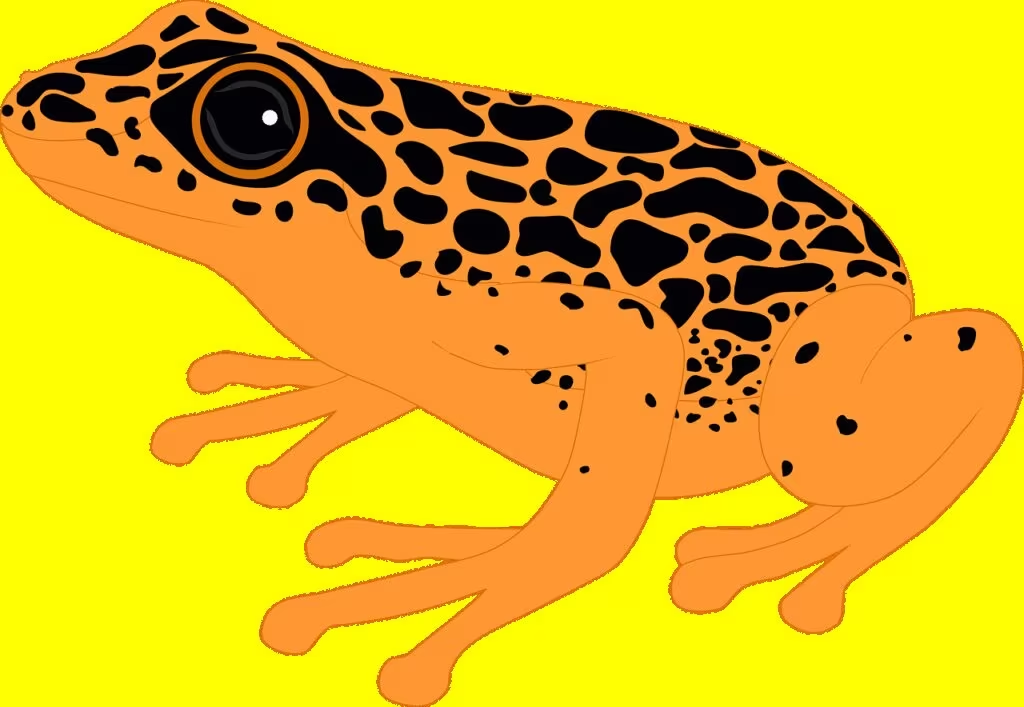Unprecedented Behavioral Adaptation in Nature’s Arms Race
In a remarkable display of behavioral adaptation, researchers have documented a species of Amazonian snake actively engaging in a detoxification ritual before consuming its highly toxic prey. The snakes were observed meticulously wiping, rubbing, and dragging poisonous frogs against the substrate to physically remove the deadly lipophilic alkaloids secreted by the amphibians’ skin.
This sophisticated strategy, documented in the journal Ecology, offers compelling new evidence of the intense evolutionary arms race constantly unfolding between predators and prey in the world’s most biodiverse regions. The discovery centers on the Amazon puffing snake (Leimadophis epinephelus) and its dangerous diet of poison dart frogs (Phyllobates species).

The Lethal Defense: Poison Dart Frogs
To understand the necessity of this behavior, one must first appreciate the potency of the prey. Poison dart frogs, particularly those belonging to the Phyllobates genus, are among the most chemically defended vertebrates on Earth. Their skin glands produce a complex cocktail of toxins, primarily lipophilic alkaloids, which are highly effective neurotoxins.
These toxins are not produced by the frogs themselves but are sequestered from their diet—typically small arthropods like mites and ants—in a process known as dietary sequestration. The bright, aposematic coloration of the frogs serves as a clear warning sign to potential predators: Do not eat me.
For most predators, ingesting these toxins results in severe illness, paralysis, or rapid death. The evolutionary pressure exerted by these chemical defenses has driven many predators to avoid the frogs entirely. However, the Amazon puffing snake appears to have found a way to circumvent this defense through behavioral modification.
The Detoxification Ritual: A Detailed Observation
The study involved observing 10 Amazon puffing snakes collected from the Colombian Amazon. These snakes, held in captivity, were presented with their natural, albeit highly toxic, prey. The researchers meticulously recorded the snakes’ feeding behavior, noting a pattern that went far beyond typical consumption.
In 10 out of 11 observed feeding events, the snakes performed a distinct and deliberate detoxification ritual. The sequence of actions was highly consistent:
- Grasp and Lift: The snake would initially grab the frog, usually by the head or mid-body.
- The Wiping Motion: Instead of immediately swallowing, the snake would lift the frog and repeatedly drag its back and sides across the rough substrate (the ground or leaf litter) of the enclosure.
- Duration: This wiping action was not brief. It sometimes lasted for an astonishing 45 minutes, suggesting a significant investment of energy and time dedicated solely to toxin reduction.
- Consumption: Only after this extensive wiping process was complete did the snake proceed to swallow the frog, typically headfirst.
This behavior strongly suggests that the snakes are attempting to physically rub off the toxic mucous layer covering the frog’s skin. Since the alkaloids are lipophilic (fat-soluble), they adhere to the skin’s surface and can be mechanically removed or significantly diluted by friction against a rough surface.

Implications for Evolutionary Biology
This discovery is significant because it documents a rare instance of a predator employing a behavioral countermeasure against chemical defenses, rather than relying solely on physiological or genetic resistance.
Behavioral vs. Physiological Resistance
Most predators that successfully consume toxic prey, such as certain species of garter snakes that eat newts, have evolved physiological resistance. This involves genetic mutations that alter the molecular targets of the toxins, making the predator immune to their effects. The Amazon puffing snake, however, appears to use a low-tech, high-effort behavioral solution.
This reliance on behavior suggests several possibilities:
- Rapid Adaptation: Behavioral changes can evolve and spread through a population much faster than genetic resistance, allowing the snakes to quickly exploit a toxic food source.
- Cost-Benefit Analysis: The energy expenditure of wiping the frog for 45 minutes is clearly outweighed by the nutritional value gained, confirming the high toxicity of the prey and the effectiveness of the strategy.
- Flexibility: This strategy might allow the snake to consume a wider variety of toxic prey, adapting its wiping duration based on the perceived threat level of the specific frog.
“The fact that they spend up to 45 minutes performing this ritual highlights the extreme potency of the toxins and the evolutionary pressure driving this counter-adaptation,” noted one researcher involved in the study. “It’s a clear demonstration of the sophistication of behavioral plasticity in predator-prey dynamics.”

Key Takeaways: Surviving the Toxic Diet
The observation of the Amazon puffing snake’s detoxification ritual provides a crucial insight into the ongoing biological warfare in the natural world.
- Novel Strategy: The snakes use a physical wiping action to mechanically remove potent lipophilic alkaloids from the skin of poison dart frogs.
- High Frequency: This behavior was observed in 91% (10 out of 11) of feeding events, indicating it is a standard, essential feeding strategy for this species when consuming toxic prey.
- Significant Effort: The ritual can last up to three-quarters of an hour, demonstrating the severity of the threat posed by the toxins.
- Evolutionary Significance: This is a prime example of a behavioral countermeasure in the predator-prey arms race, complementing the more commonly studied physiological resistance.
This finding underscores that survival in highly competitive ecosystems often requires not just genetic adaptation, but also complex, learned behaviors that allow organisms to overcome seemingly insurmountable obstacles posed by their environment and their food sources.
Original author: ScienceAlert Staff
Originally published: October 29, 2025
Editorial note: Our team reviewed and enhanced this coverage with AI-assisted tools and human editing to add helpful context while preserving verified facts and quotations from the original source.
We encourage you to consult the publisher above for the complete report and to reach out if you spot inaccuracies or compliance concerns.

